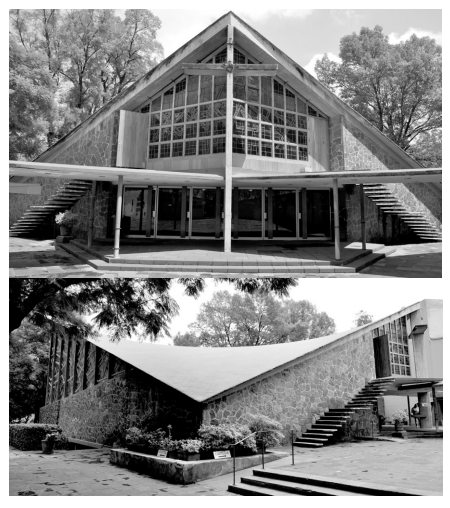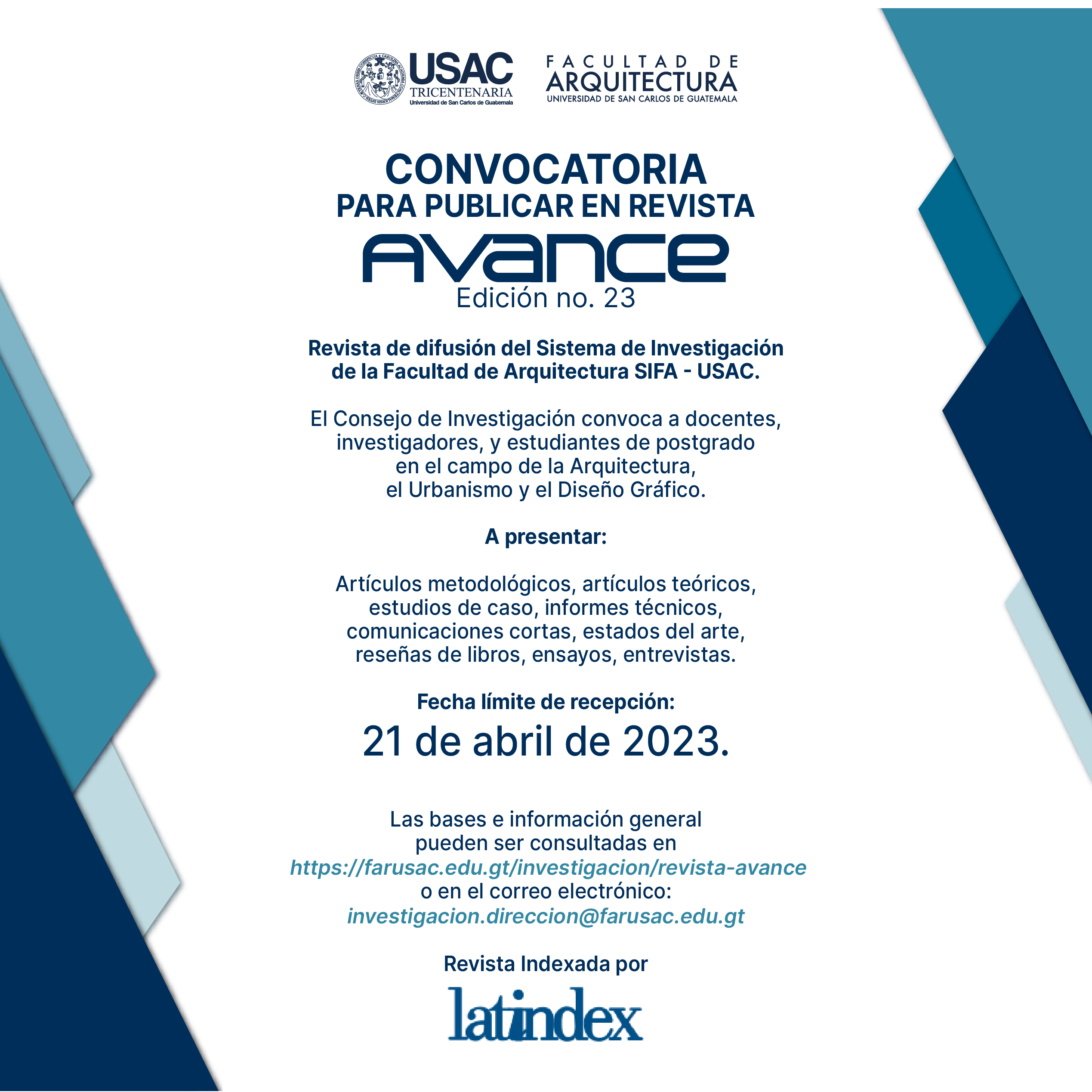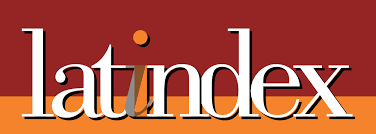When Faith And Knowledge Build Community: Three Modern Chapels In Diocesan Schools In México
Keywords:
school chapels, dicesan clergy, religious communities, modern movement, folded structuresAbstract
School chapels have particular features. Although they are, like other chapels, consecrated temples where sacraments are administered, they have the peculiarity that
teachers can offer mass because they are clergymen, and students are preparing to
become clergymen too. This situation creates a sense of community characteristic of this kind of chapels, a perceptual requirement that architects designing them must consider in order to meet that need to a certain extent in their proposals. In Mexico, chapels built in schools experienced a secular development, from viceroyalty times and throughout the 19th and 20th centuries. However, it wasn’t until the Modern Movement of architecture emerged that they became preeminent in architecture, with their morphological autonomy, structural innovation and, above all, the spatial solution they proposed, which favored a sense of community among all those attending. In order to analyze this evolution, three case studies were selected, all of them in Mexico City and managed by the diocesan clergy. All those chapels were built between the 1950s and 1960s and their users are male, the aim of the study is to identify all factors involved in this development.
Downloads

Downloads
Published
How to Cite
Issue
Section
License
Copyright (c) 2021 Iván San Martín Córdova, Raziel López Lara

This work is licensed under a Creative Commons Attribution-NonCommercial-ShareAlike 4.0 International License.












